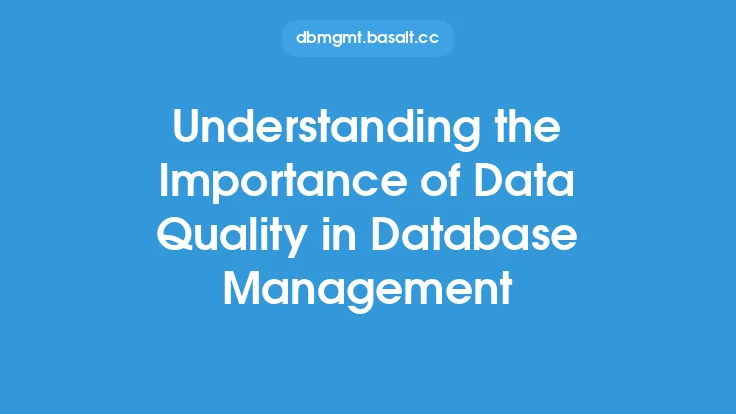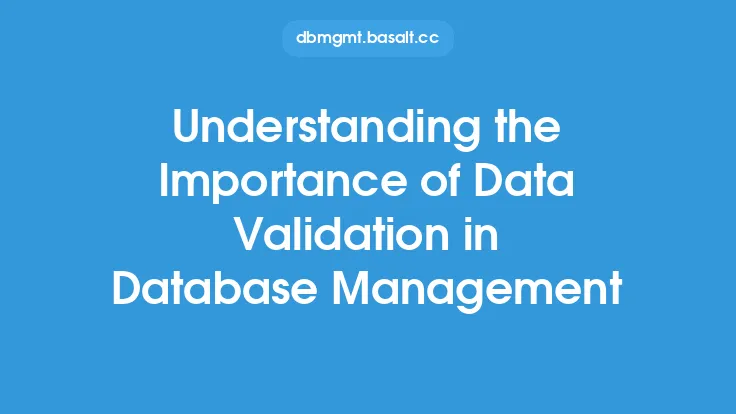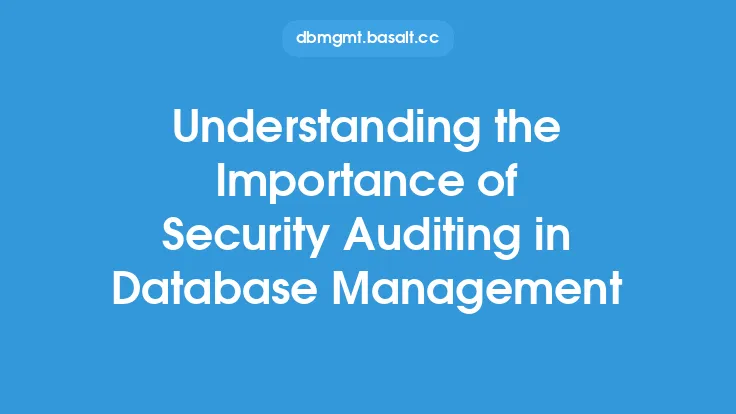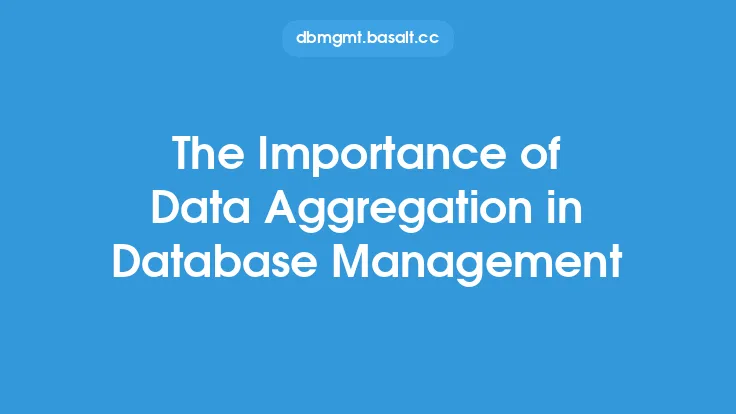In the realm of database management, data dictionaries play a pivotal role in ensuring the integrity, consistency, and reliability of data. A data dictionary is a repository that stores metadata about the data in a database, providing a centralized location for understanding the structure, relationships, and definitions of the data. This metadata includes information such as table and column names, data types, constraints, indexes, and relationships between tables. The importance of a data dictionary cannot be overstated, as it serves as a single source of truth for all data-related information, facilitating effective communication among stakeholders, developers, and users.
Introduction to Data Dictionaries
A data dictionary is essentially a database that contains information about the data in another database. It provides a detailed description of each data element, including its name, data type, length, and any constraints or rules that apply to it. This information is crucial for ensuring data consistency and preventing errors that can arise from misunderstandings or misinterpretations of the data. Data dictionaries can be used in various database management systems, including relational databases, NoSQL databases, and cloud-based databases.
Benefits of Using a Data Dictionary
The use of a data dictionary offers numerous benefits, including improved data integrity, enhanced data sharing and collaboration, and increased productivity. By providing a centralized location for data definitions and metadata, a data dictionary helps to prevent data inconsistencies and errors that can arise from multiple, conflicting definitions of the same data element. Additionally, a data dictionary facilitates data sharing and collaboration by providing a common understanding of the data among stakeholders, developers, and users. This, in turn, increases productivity by reducing the time and effort required to understand and work with the data.
Components of a Data Dictionary
A data dictionary typically consists of several components, including entity descriptions, attribute descriptions, relationship descriptions, and data type descriptions. Entity descriptions provide information about the tables or entities in the database, including their names, descriptions, and relationships with other entities. Attribute descriptions provide information about the columns or attributes of each entity, including their names, data types, lengths, and any constraints or rules that apply to them. Relationship descriptions provide information about the relationships between entities, including the type of relationship (e.g., one-to-one, one-to-many, many-to-many) and any constraints or rules that apply to the relationship. Data type descriptions provide information about the data types used in the database, including their names, descriptions, and any constraints or rules that apply to them.
Creating and Maintaining a Data Dictionary
Creating and maintaining a data dictionary requires careful planning and attention to detail. The process typically involves several steps, including identifying the data elements, defining the data elements, and documenting the data elements. Identifying the data elements involves determining which data elements to include in the data dictionary, based on their relevance and importance to the database. Defining the data elements involves providing a detailed description of each data element, including its name, data type, length, and any constraints or rules that apply to it. Documenting the data elements involves storing the definitions and descriptions in a centralized location, such as a database or a document management system.
Best Practices for Data Dictionary Management
To ensure the effectiveness and usefulness of a data dictionary, several best practices should be followed. These include establishing a standardized naming convention, using consistent data types and formats, and regularly reviewing and updating the data dictionary. Establishing a standardized naming convention helps to prevent confusion and errors that can arise from inconsistent naming practices. Using consistent data types and formats helps to ensure data consistency and prevent errors that can arise from incompatible data types or formats. Regularly reviewing and updating the data dictionary helps to ensure that the information remains accurate and relevant, and that any changes to the database are reflected in the data dictionary.
Technical Considerations
From a technical perspective, data dictionaries can be implemented using various tools and technologies, including database management systems, data modeling tools, and metadata management systems. Database management systems, such as Oracle or MySQL, provide built-in support for data dictionaries, allowing users to create and manage metadata about the data in the database. Data modeling tools, such as Entity-Relationship diagrams, provide a visual representation of the data and its relationships, making it easier to understand and manage the data. Metadata management systems, such as data governance platforms, provide a centralized location for managing metadata about the data, including data dictionaries, data catalogs, and data lineage.
Conclusion
In conclusion, a data dictionary is a critical component of database management, providing a centralized location for understanding the structure, relationships, and definitions of the data. By providing a detailed description of each data element, a data dictionary helps to ensure data consistency, prevent errors, and facilitate effective communication among stakeholders, developers, and users. To ensure the effectiveness and usefulness of a data dictionary, it is essential to follow best practices, such as establishing a standardized naming convention, using consistent data types and formats, and regularly reviewing and updating the data dictionary. By implementing a data dictionary and following these best practices, organizations can improve data integrity, enhance data sharing and collaboration, and increase productivity.





